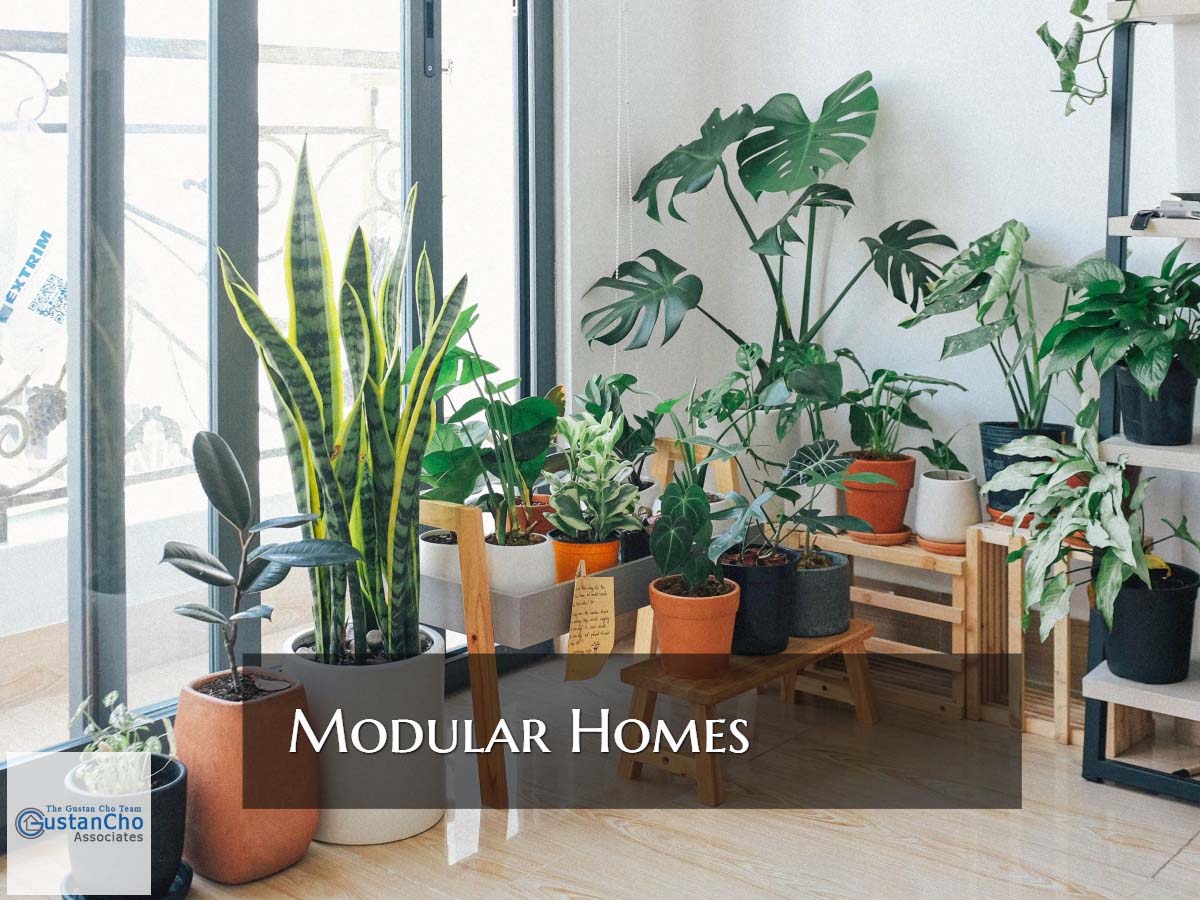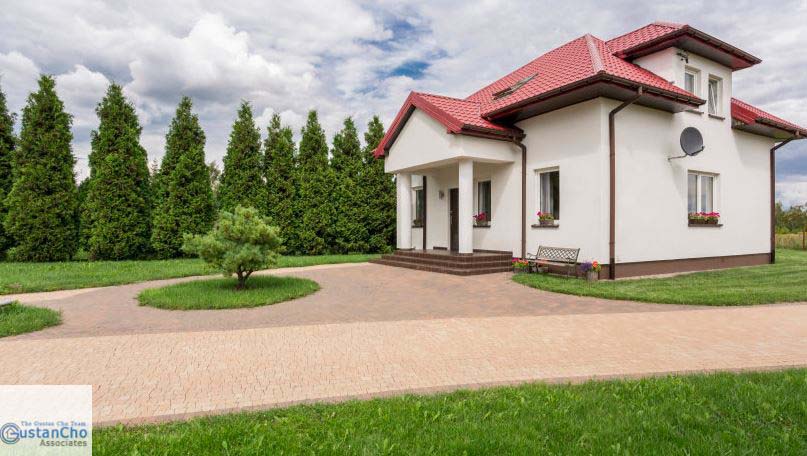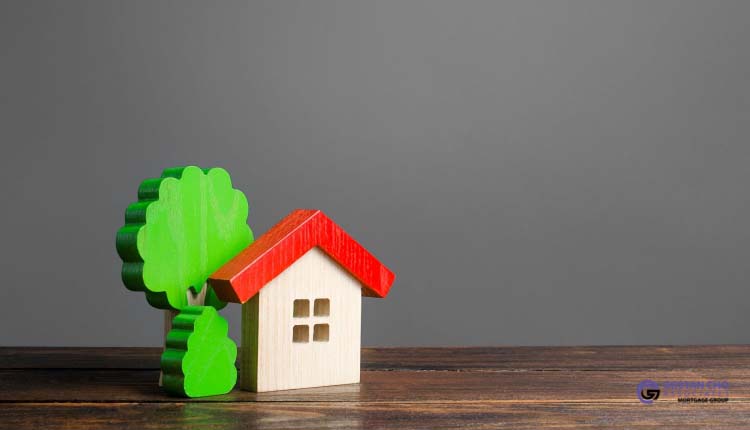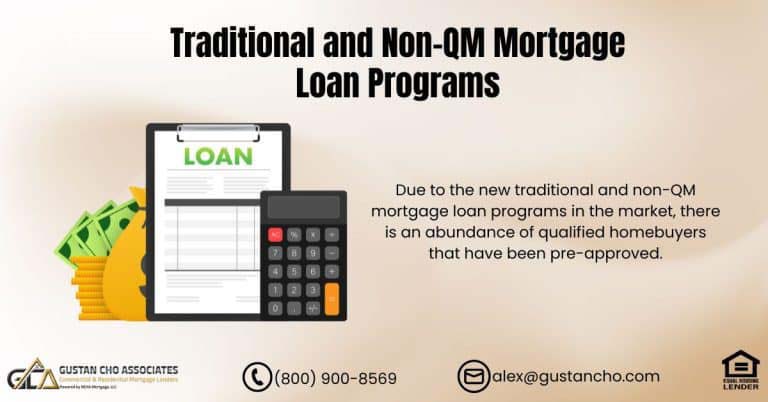This guide covers modular homes mortgage guidelines on purchase and refinance transactions. Modular homes are becoming more and more popular during the housing boom. If you are reading this article, you are more than likely finding it hard to find mortgage financing to buy a modular home. Fewer lenders are willing to enter the modular home market.
The good news is Gustan Cho Associates do participate in multiple loan programs for purchasing modular homes. In fact, we have the ability to use a USDA, FHA, VA, Non-QM, or Conventional mortgage to buy a modular home.
Buying a modular home is more difficult than buying a stick-built property, but it is not impossible. In this article, we will cover and discuss modular homes mortgage guidelines for homebuyers. We will go over the different types of financing programs of modular homes including loans for primary and investment homes.
What Are Modular Homes
Modular homes, prefabricated or prefab homes, are constructed in sections off-site in a factory setting. These sections, or modules, are then transported to the building site, assembled, and installed on a permanent foundation. In this section, we will cover the key features and advantages of modular homes.
Modular homes can be customized to meet homeowners’ specific needs and preferences. There are various floor plans, styles, and finishes available.
Construction in a factory setting allows for better quality control than traditional on-site construction. The controlled environment helps ensure that each module is built to high standards and adheres to building codes. Since much of the construction work is done in a factory, modular homes are built more quickly than traditional stick-built homes. This can result in significant time savings, making modular homes attractive for those looking to move into their new home sooner.
Click here to get modular home with Loans
Cost-Effective Benefits of Buying a Modular Home
Modular homes can be more cost-effective than traditional homes, primarily due to the efficiency of factory production and reduced construction time. However, costs can vary depending on size, design, and location.
Energy Efficiency Benefits
Modular homes are built with energy-efficient features and materials, which can help reduce utility bills over time and minimize environmental impact.
Transportability of Modular Homes
Modular homes are designed to be transported in sections, making them suitable for locations where traditional construction may be challenging or costly.
Modular homes are built to meet or exceed local building codes and standards. The controlled factory environment often results in a sturdy construction that can withstand transportation and installation.
It’s important to note that modular homes are different from mobile homes or manufactured homes. While all three housing types are built off-site, construction of modular homes are installed on a permanent foundation. They are subject to the same building codes and regulations as traditional stick-built homes.
Cost and Price Benefits of Modular Homes
Nationwide data shows us, home prices are on the rise, with no signs of going down anytime soon. A modular home can be a more affordable way to purchase a home. Modular homes are usually a prefabricated living space they come in two main varieties. “Off frame” modular homes and “on frame” modular homes. Lending guidelines have gone back and forth with modular home requirements over the past 10 years or so. As an outcome, more loan programs are available for modular properties.
Checking Whether It is Modular Versus Mobile Homes
How to be sure the property is a modular home? This can be tricky as most properties are listed as manufactured / modular homes on the MLS listing software. This can be a major problem because these are two different types of properties. Each with their own lending guidelines. Depending on the type of property, you may need extra inspections or a different class of appraisal. For example, a manufactured home requires a foundation inspection.
Manufactured Homes
Manufactured homes usually have HUD data plates or HUD tags associated with them. A modular home usually had a “modular home seal” located in a kitchen cabinet or sometimes in the electrical panel box. If you can’t find either one of these identifiers, check with the county records. Additional research may have to be completed. It is important to know the exact property type of putting an offer in on the property.
On-Frame Versus Off-Frame Modular Home Loans
What is the difference between an on-frame modular home and an off-frame modular home? From the outside, it is near impossible to tell the difference between an on-frame and off-frame modular property. Each home looks the same on the inside and the outside. It is possible to have multiple story modular homes. Modular homes are prefabricated in a climate-controlled factory and then delivered to the site. The main difference between on frame and off-frame modular homes is the steel frame underneath. Off frame does not have a steel frame underneath the prefabricated home where on-frame does have a steel frame underneath. Generally speaking, in an off-frame modular home will appraise higher than an on-frame modular home. Apply for loan for modular home, click here
Types of Modular Home Loans
There are different types of financing for Modular Homes. Government-backed loans, conventional loans and conventional loans. FHA, The Federal Housing Administration classifies modular homes the same as stick-built properties. Mortgage lending guidelines are very simple to follow on FHA loans. The same rules apply for on frame or off frame modular properties. Meaning you can buy one of these homes with as little as 3.5% down payment.
Fannie Mae Guidelines on Conventional Loans
FANNIE MAE (Conventional): Per Fannie Mae, a modular home must be built under the Uniform Building Code administered by the state in which the property is located. The property must meet or exceed all local building codes. There are additional appraisal requirements as well. Because the quality of a modular home can have a wide range, the appraiser must become familiar with features that affect the quality of a factory-built property. There must be comparable homes that are also factory-built properties. The appraiser must address the marketability and comparability of modular homes and other property types local to the subject property. Please see B4-1.4-02 for more information.
USDA Mortgage Guidelines
USDA guidelines on manufactured homes: USDA allows for off-frame modular homes. If it is an on-frame modular home, USDA then uses their manufactured home guideline. A previously occupied on frame modular home is not eligible for USDA financing. This is one of the reasons it is important to know the exact property type before making an offer on the property. The USDA loan is a great zero down payment option in certain areas of the country.
VA Mortgage Guidelines
VA Guidelines on Modular Home Loans: The U.S. Department of Veteran Affairs also allows the use of VA benefits to buy a Modular Home. Once again there must be comparable homes for the appraiser. Ideally other modular properties but if none are available VA does allow comparable homes to be stick-built properties. 100% financing is available for qualified veterans or surviving spouses on purchase transactions. For a Cash-out refinance, you may finance up to 90% of the appraised value.. If you are in the market to purchase a modular home, we highly recommend you come to the experts. Gustan Cho Associates have numerous loan programs available for modular properties. For any questions or success stories please contact Mike Gracz on (800) 900-8569 or send an email to gcho@gustancho.com.










